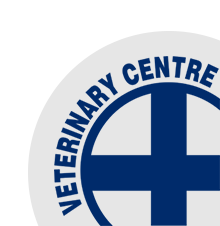Spring Issues for Beef Cattle
/The sun has been shining up the Waitaki Valley and spring is well and truly in the air with a decent growth of new grass starting to come through. Unfortunately, this can pose a potential risk to soon to be calving beef cows as this fresh, fast growing spring pasture often has a low magnesium content. Lactating cows have an increased demand for magnesium that consequently may not be met.
Inadequate magnesium levels lead to nervous signs such as excitement, bellowing, uncoordinated movement (hence the name Grass Staggers) and convulsions, rapidly progressing to death if untreated. In extreme cases, the only sign of a problem may be cows found dead.
Treatment is possible by injecting a magnesium solution under the skin, but preventing the problem is always better. This can be achieved by supplementing cows, starting 2-3 weeks prior to the risk period. The addition of magnesium to supplementary feed or the administration of slow release capsules are suitable options. Our vets can advise you on the best option for your farm.
Spring Larval Challenge
Spring is also a key time to consider drenching yearling beef stock as pasture larval loads peak during warm and wet weather, resulting in high levels of infection. Once ingested, the larvae multiply and grow, causing gut damage which leads to scouring, suppressed appetite and diminished growth rates. Using an effective combination oral or pour-on drench that targets Cooperia is recommended. There are several oral options such as Matrix Minidose, Alliance or Arrest C. Eclipse pour-on is the convenient option.





